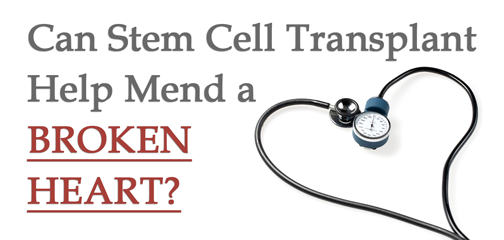
Using stem cells to repair heart damage has only recently entered the beginning trial stages for human transplant, but there is a great hope for its success in the future. Before this, damaged caused by myocardial infarctions and other traumas were thought to be irreversible and untreatable unless a complete heart transplant was performed. The first patients to receive these stem cell transplant procedures have proven this to be otherwise.
The First Patient of Stem Cell Transplant for the Heart
One of twenty-five participants, Ken Milles, was 39 when it was revealed he had an artery that was over 98% blocked, leaving 30% of his overall heart damaged. For many, this would have been a death sentence, a ticking time bomb waiting to go off, as few people would survive long with a heart like this.
With little hope left, Ken Milles volunteered to participate in a risk trial study: to be the very first person who would undergo a procedure to inject stem cells—gathered from the healthy tissue of his heart—directly into the damaged areas. It was an experiment crafted by Dr. Eduardo Marban of the Cedars Sinai Heart Institute in Los Angeles, which promised to repair Ken Milles injured heart.
By taking small samples of Ken’s healthy heart tissue, Dr. Marban and his team were able to make the stem cells reproduce millions of new cells within the laboratory. It was by no means a small feat. In the past, stem cells taken from bone marrow had typically been used, but had poor results. Taking a chance, Dr. Marban decided to try this new stem cell transplant method.
When the laboratory-grown cells were injected into the damaged areas of Ken Miller’s heart and the hearts of sixteen other patients, the researchers were optimistic for change. The seventeen patients who received the stem cells had the damage to their hearts reduced dramatically—almost by 50%!
Following checkups have shown that the hearts appear almost normal and healthy again. Ken Milles, for instance, no longer feels pain or shortness of breath. He has reached a state where he is no longer worried about the condition of his heart.
Stem cells and their regenerative properties may seem like science fiction to some, but progress is rapidly being made. Someday, hopefully in the near future, it is possible that there will no longer be a need for donor lists and people waiting in vain for an organ to become available for transplant.
{{cta(‘3fe0aac7-7562-46dc-b8b9-c706d9cfd6b1’)}}


